Dearne Valley Horse
Field Notes #2
The making of a Dearne Valley Horse
It’s just over a year since my first entry (Read Field Notes #1) writing about my experiences working on the Discover Dearne Artist in Lockdown Project. The subsequent 15 months have been a real roller coaster in terms of trying to work through numerous lockdowns and rises and falls of local Covid cases. We are now in November 2021, and I’m thankful to have had both my vaccines but local cases seem to be rising again and I’m hoping we won’t have a Christmas lockdown again.
The below film was shot earlier this year by Barnsley Museums for a project called Message in a Bottle, here I speak about the Dearne Valley horses in the landscape that inspired me.
Initial Ideas
I wanted to take you through my initial ideas and initial sketches that illustrate how I developed a finished sculpture. It all began like all projects do by putting pencil to paper. I think it’s only through trying to draw something that you can begin to understand the proportions and detail that are required if planning to develop a 3D form. The illustrations below show this process from quick outline sketches trying to understand how a horse’s leg works to ones with more detail trying to capture the likeness of a horse.
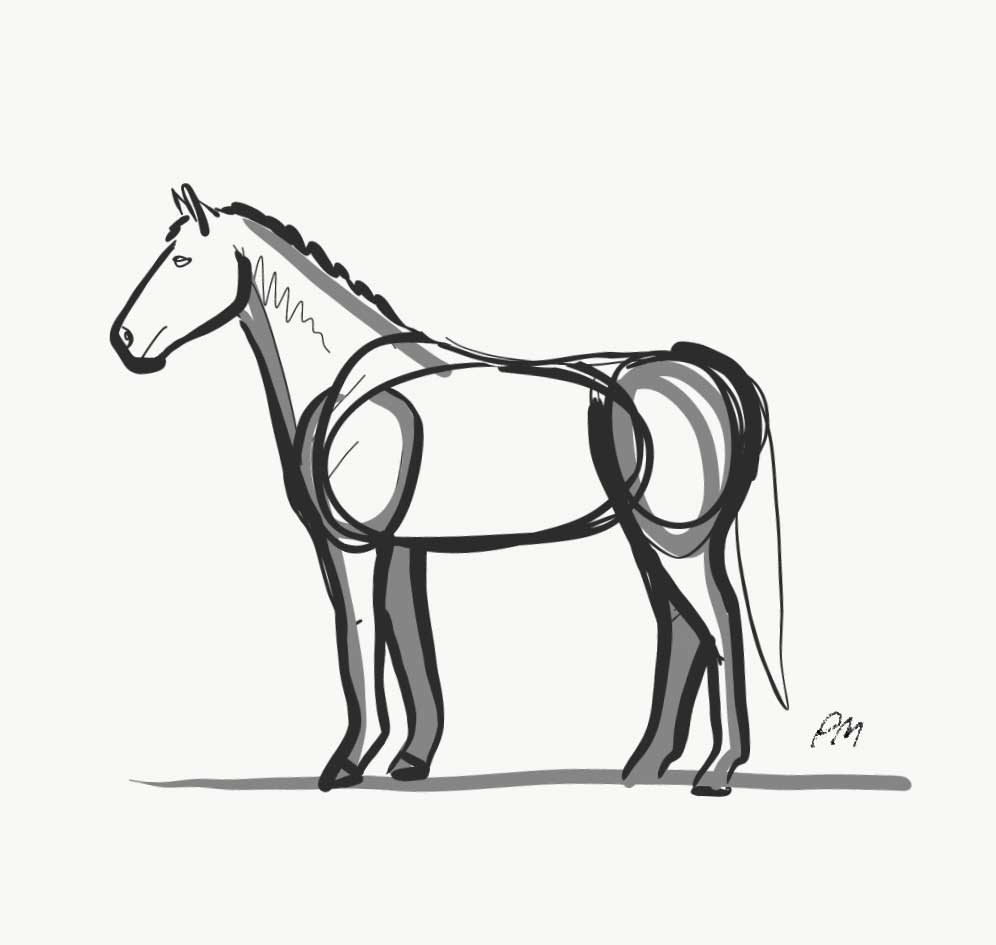
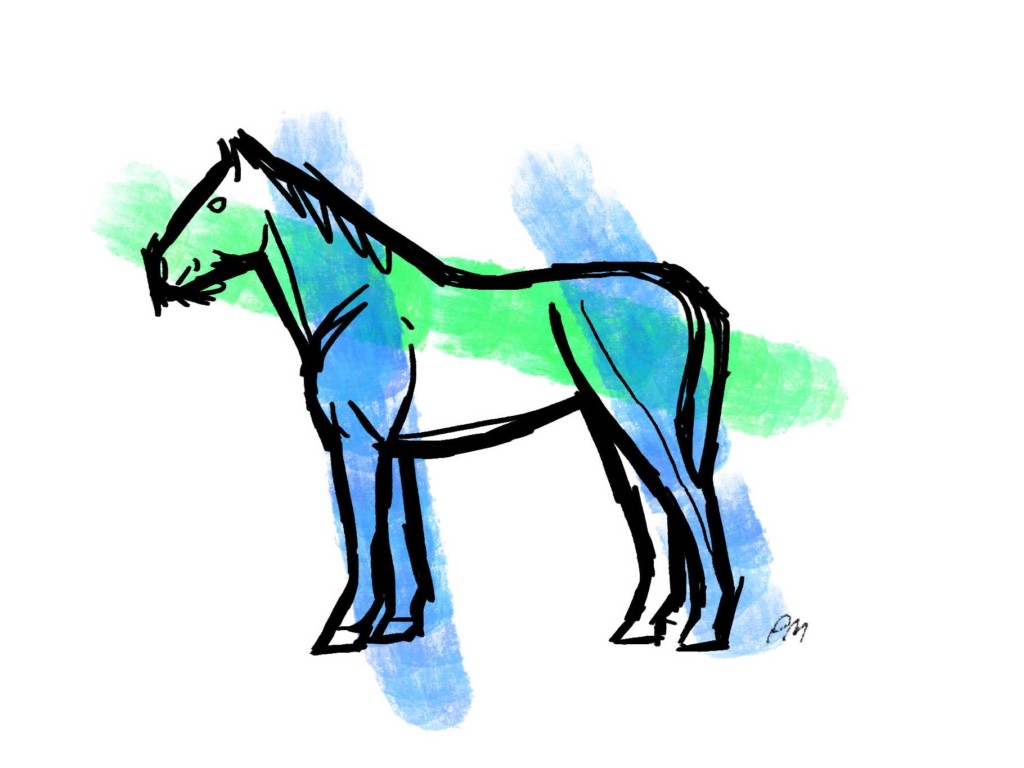
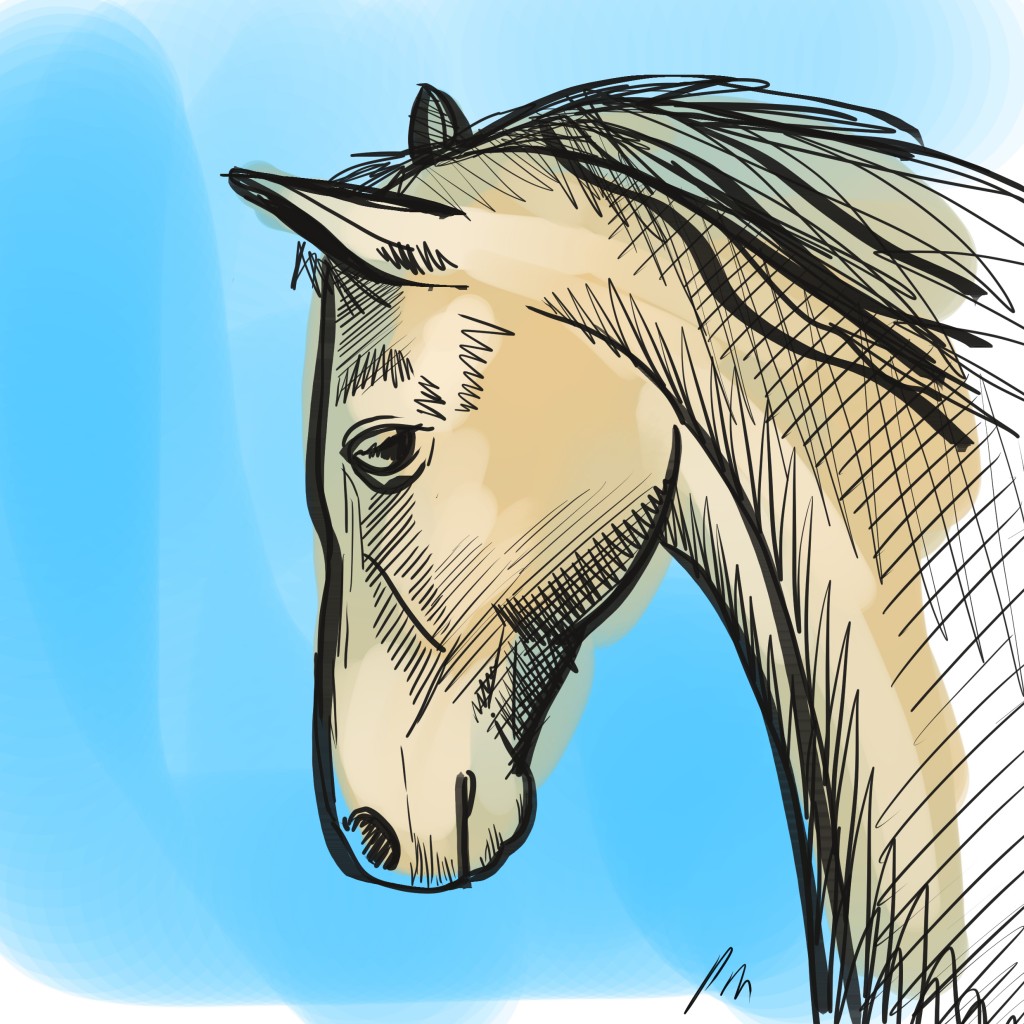
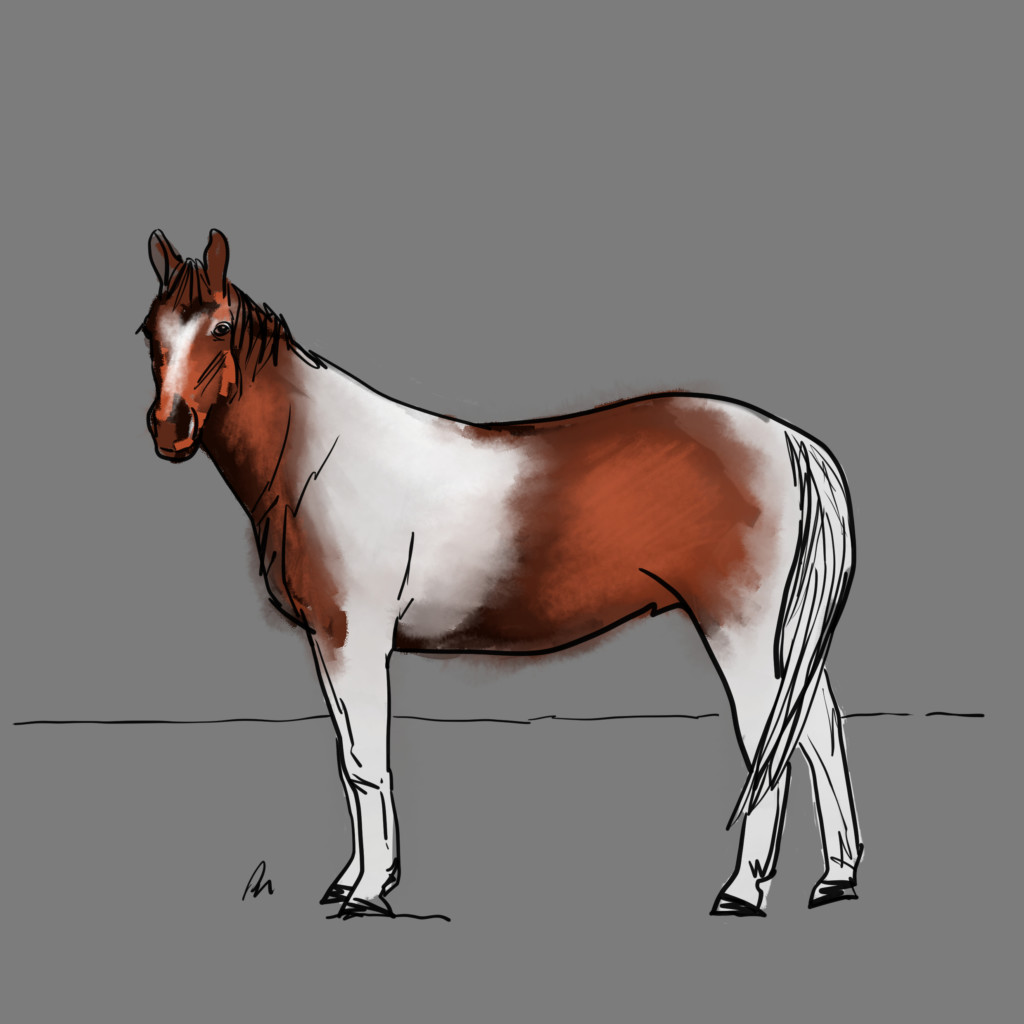
It soon became apparent that I wanted to explore creating both an elegant lifelike horse sculpture and also how these forms could be abstracted and communicate strength and poise but in a more angular form.
I became very interested in how horses have been represented in art over the centuries and the simplicity of Dala horses from Sweden. The Dala horse gets its name from the Dalarna region in central Sweden where it was made by artisans in the small villages primarily as children’s toy. It has gone on to be a visual shorthand for Sweden, being bought as a souvenir. I started to refer to mine as a Dearne Valley horse, to try and imbue it with the place it was created.
The images below show both these approaches in development in my studio.
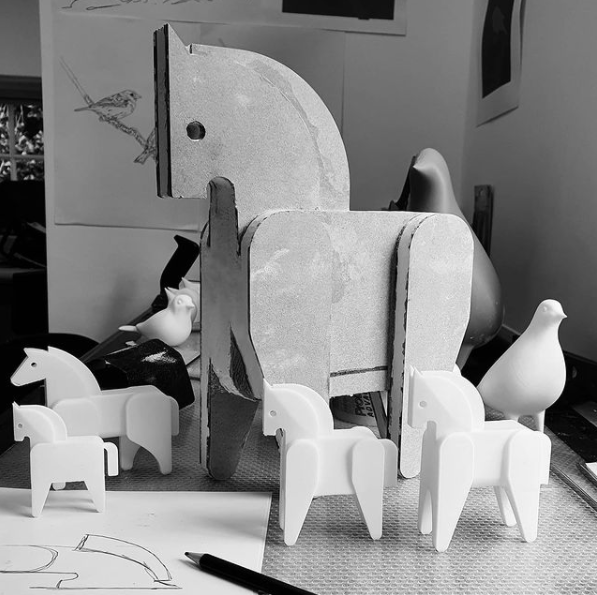
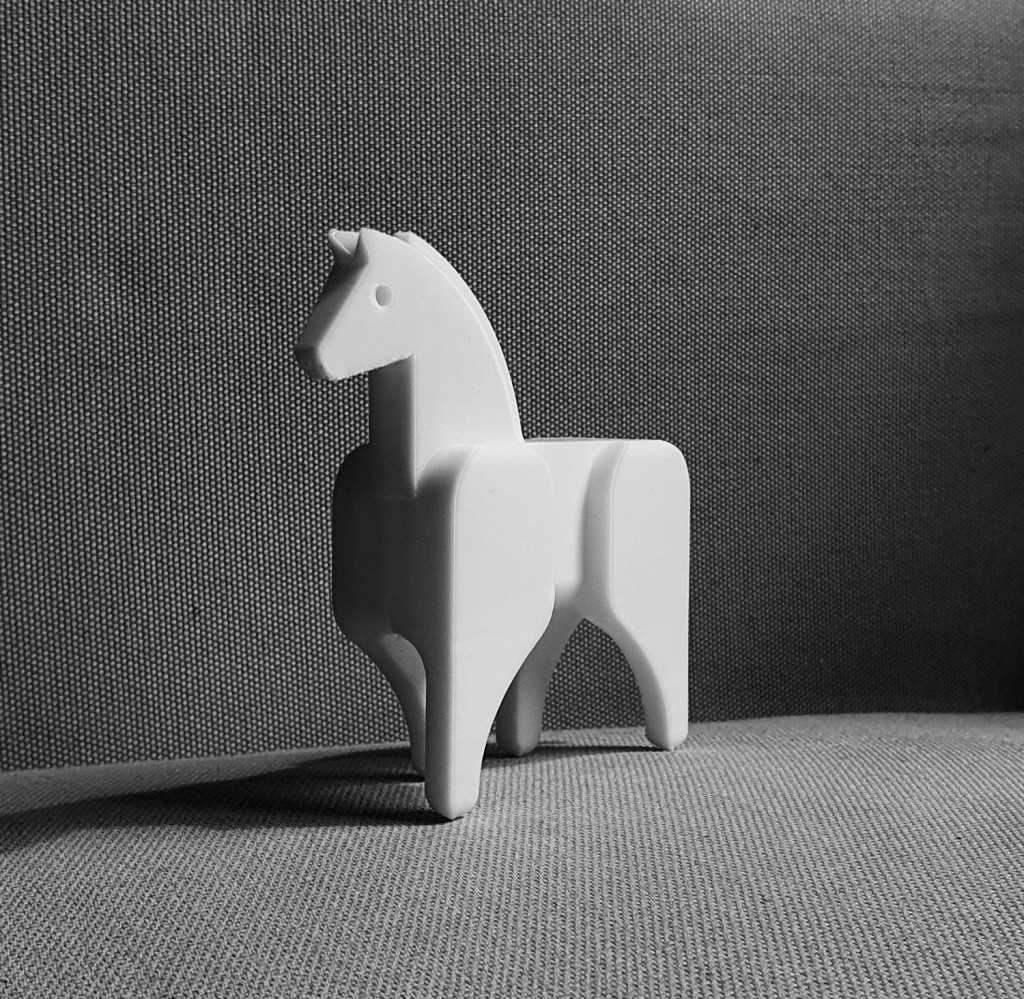
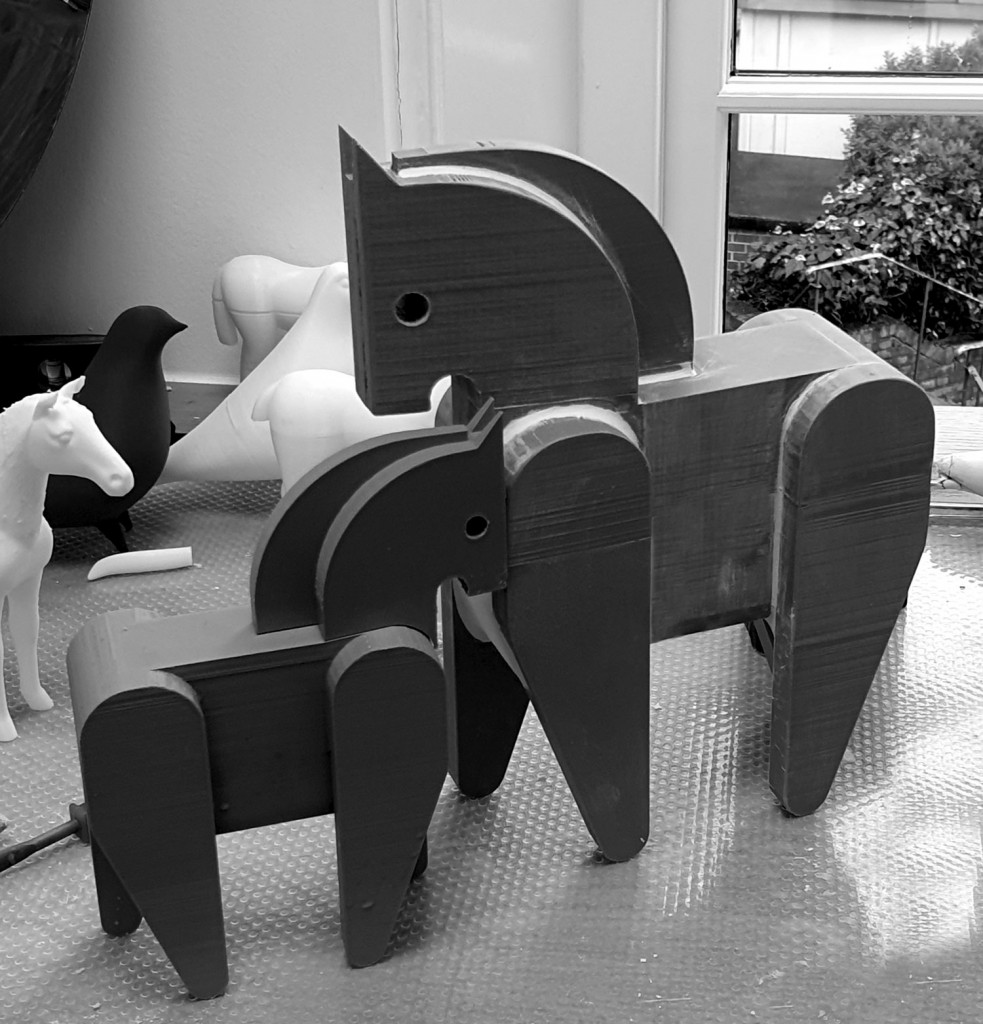
I enjoyed abstracting the characteristics of a horse into geometric shapes, I was also pleased with how the poise and stance of my modernist horses visually linked with ancient Etruscan or Greek horse sculptures. I am planning to produce a series of bronze and ceramic editions of these in 2022.
Developing a realistic horse
It took a very long time and many attempts to get the initial maquettes to a stage where the form of the horse looked balanced and its proportions were right. Many refinements had to be made especially to the rear legs which are amazing cantilevered constructions that are able to take the huge weight of the horse’s body on what are very delicate and slender legs.
Because we were mostly in lockdown during the project it afforded me time to learn new processes and skills. During the lockdown I researched how to create digital 3d forms and also how to print these on a 3d printer. Mixing these tools with the development of traditional clay maquettes really speeded up the process.
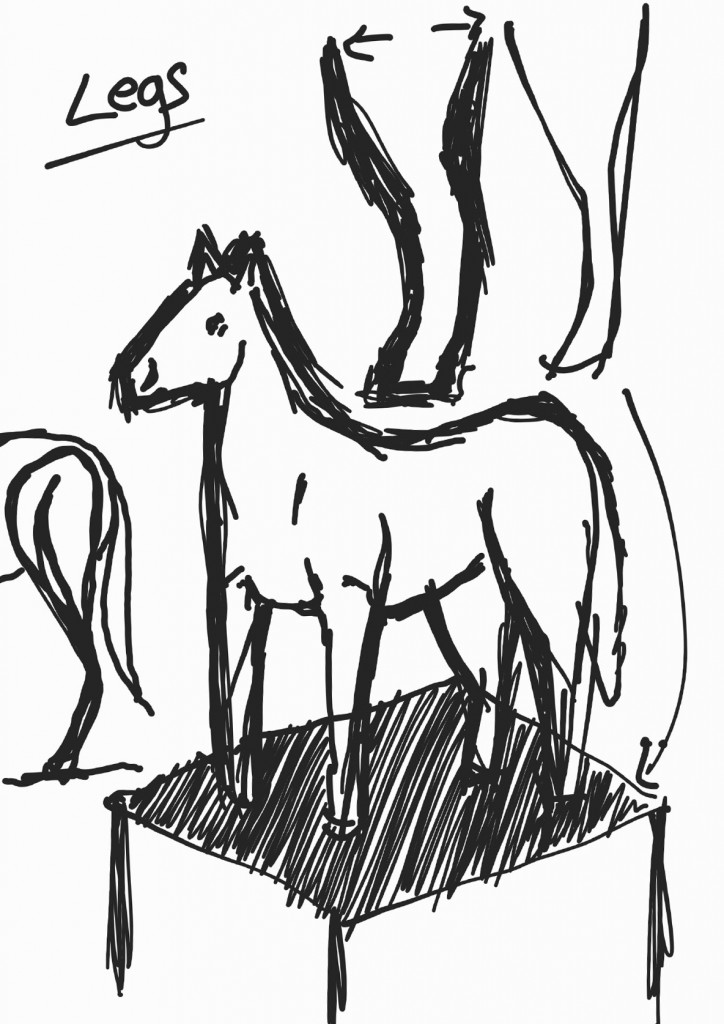
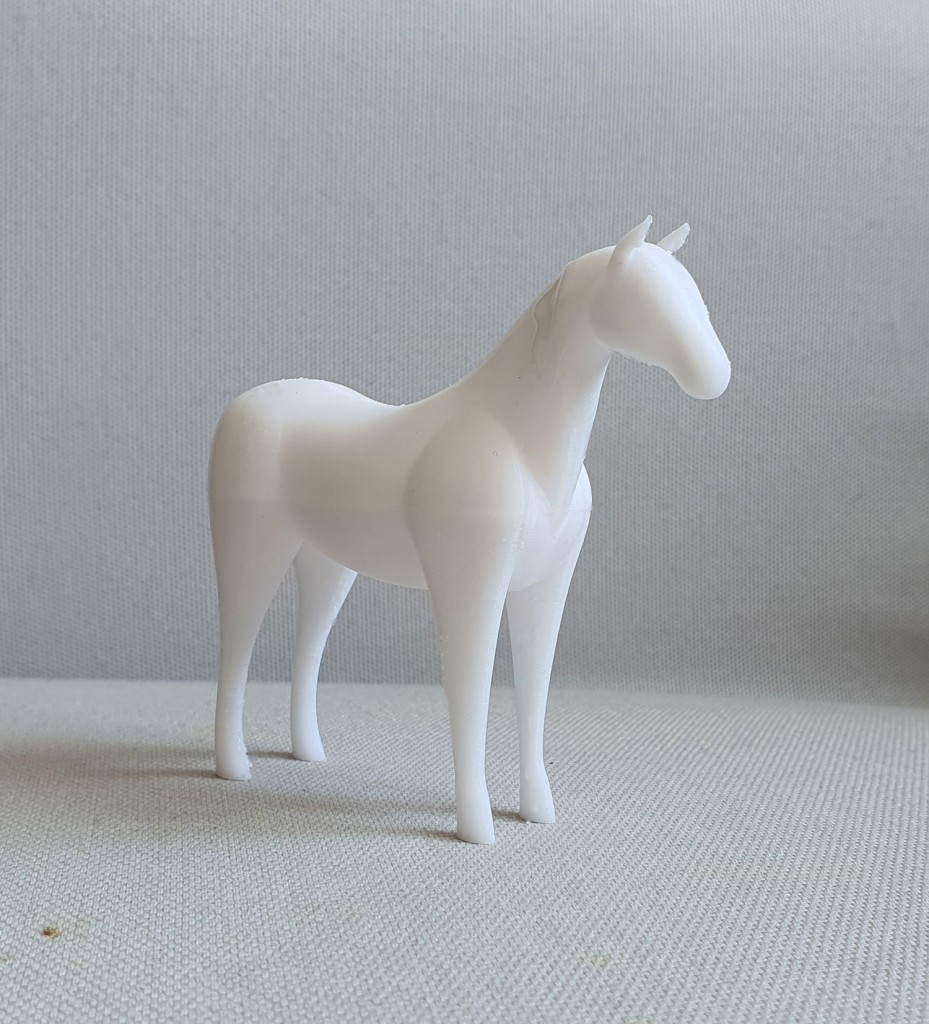
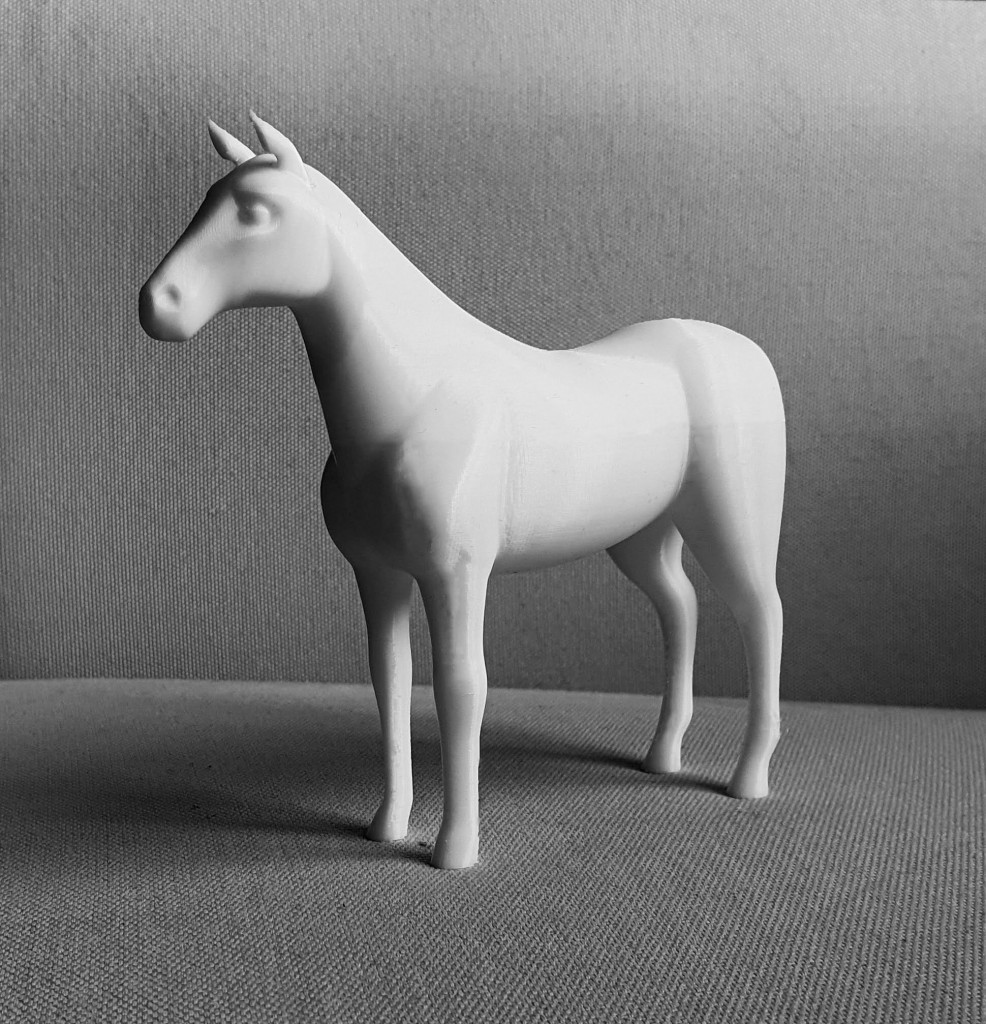
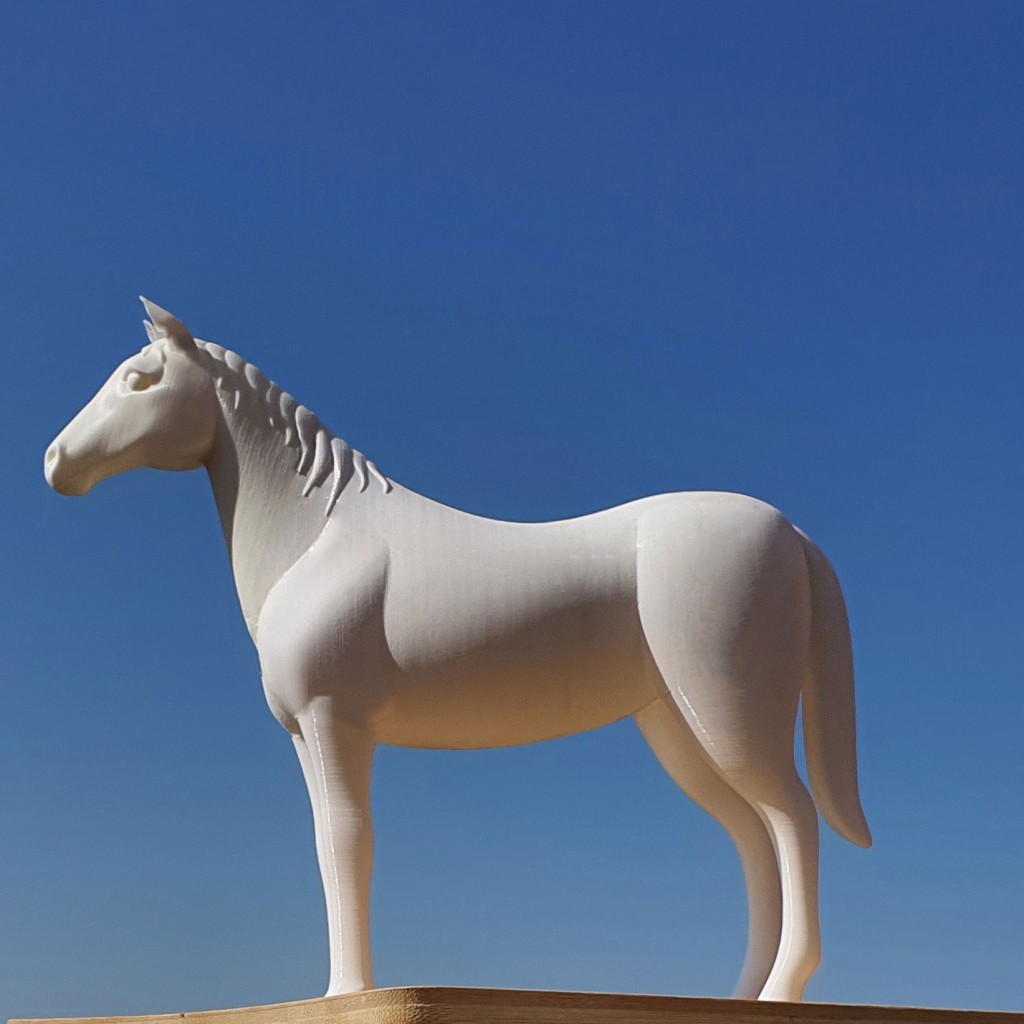
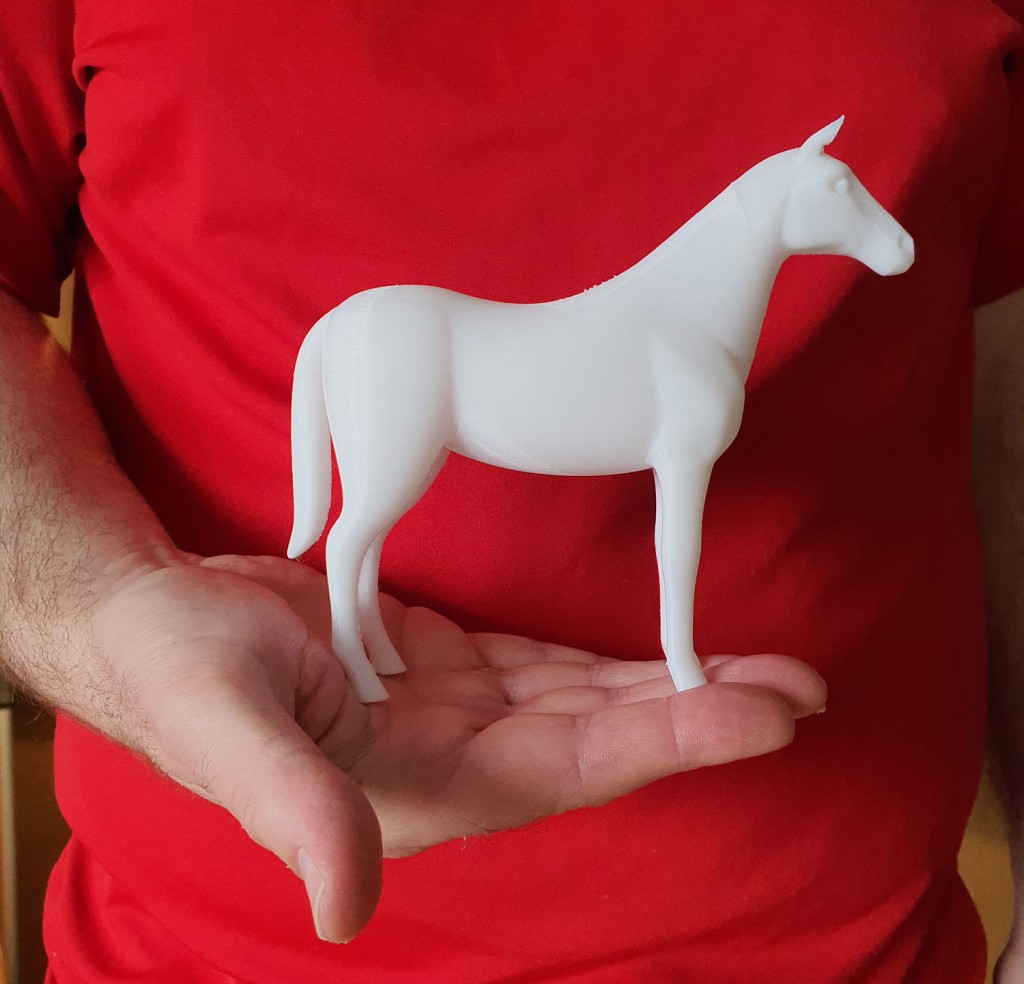
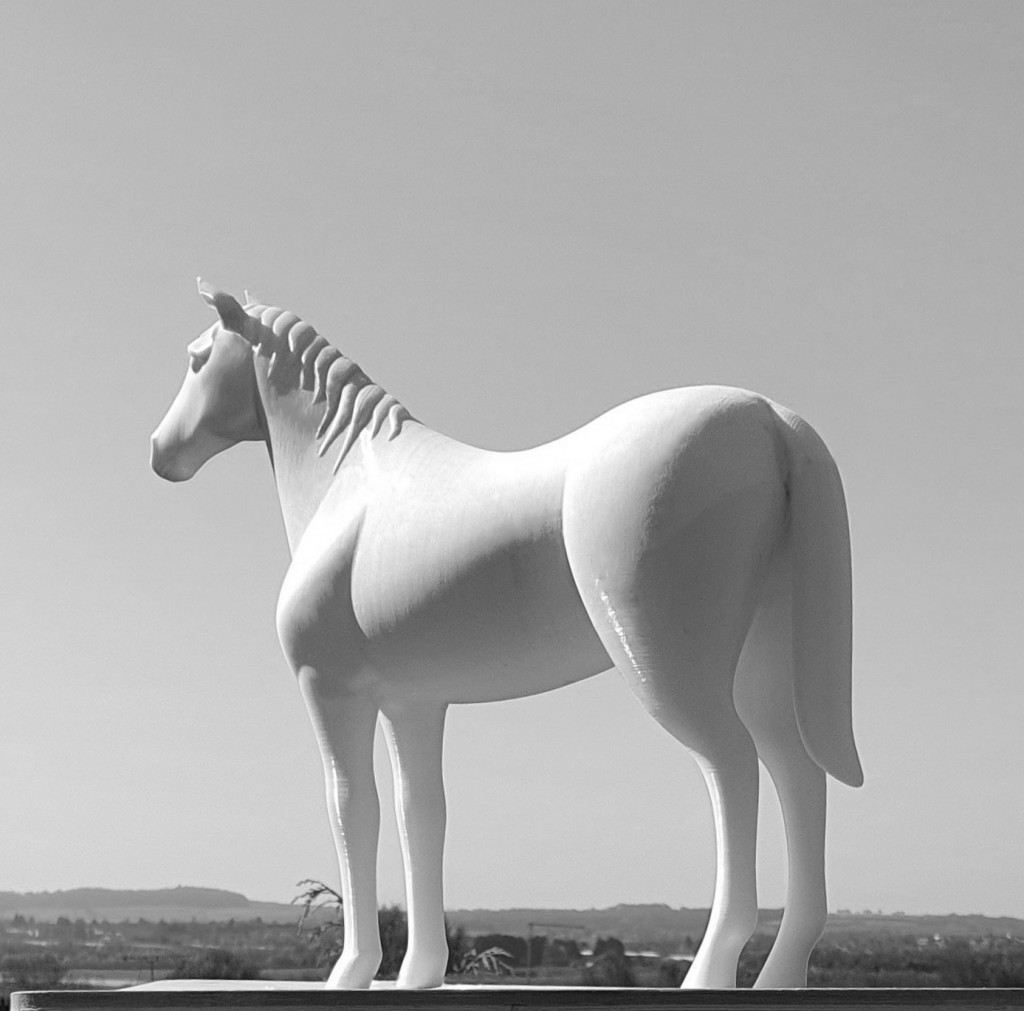
Once I had achieved the shape of the horse, thoughts then turned to how to make an edition of them and replicate them to make a small herd. The most manageable way was for me to make them myself from clay in my studio. Once fired they would become a ceramic edition. I made plaster moulds from my original sculpture and experimented with casting them.
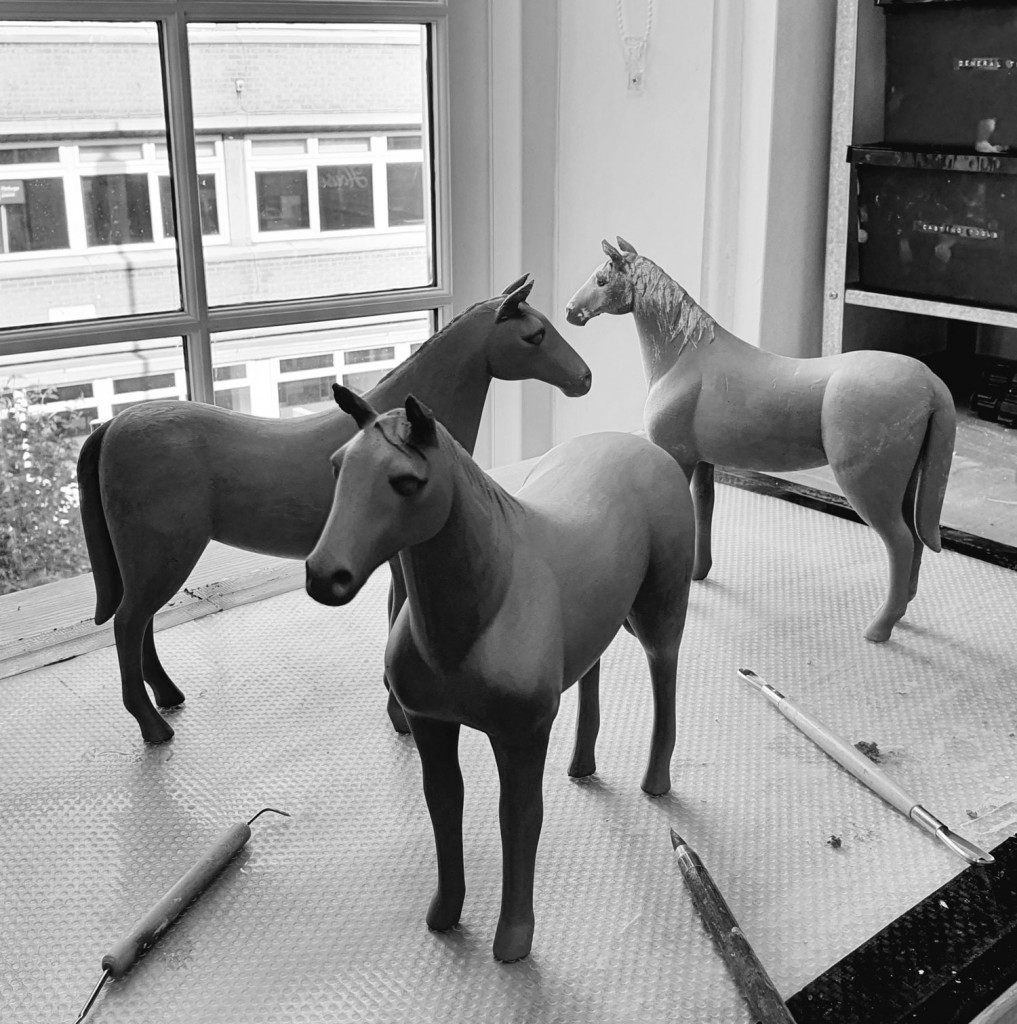
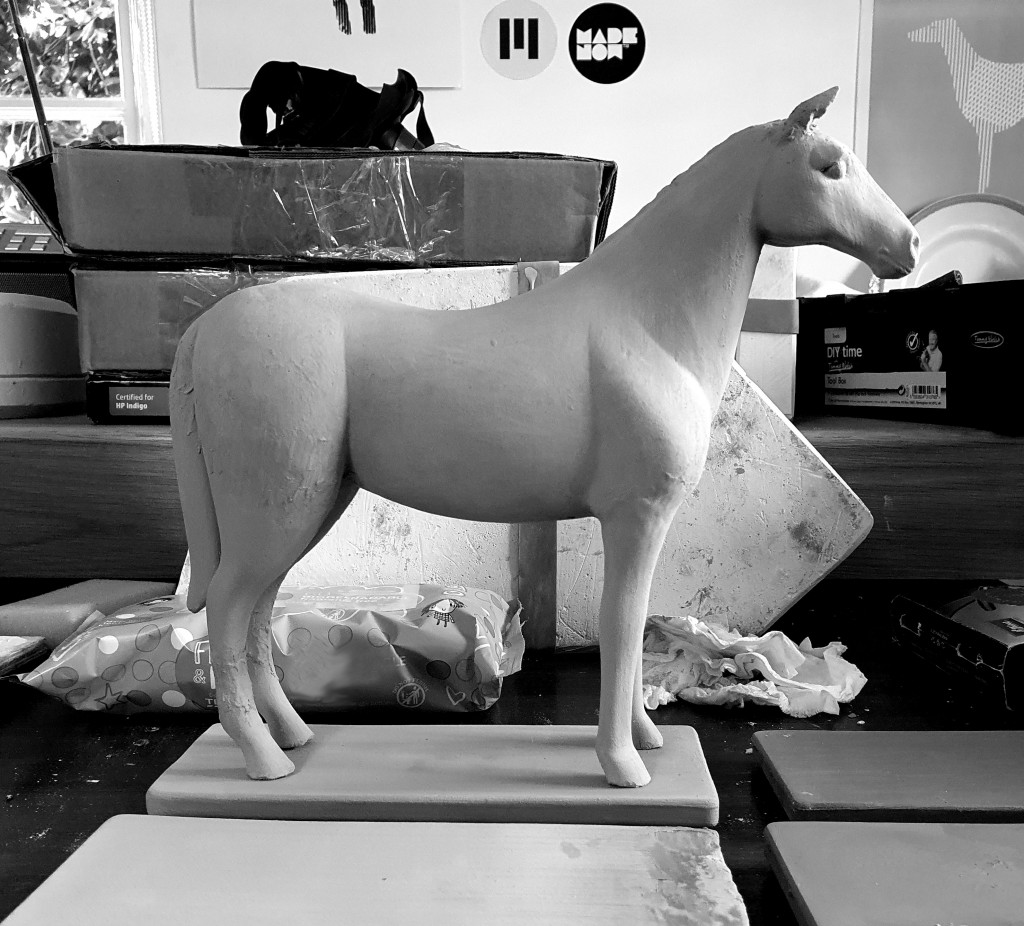
The various lockdowns didn’t help with this and progress slowed but I eventually got to the point where I had made a small batch of horses and they were ready to be fired. Images below show the process of firing them in a kiln.
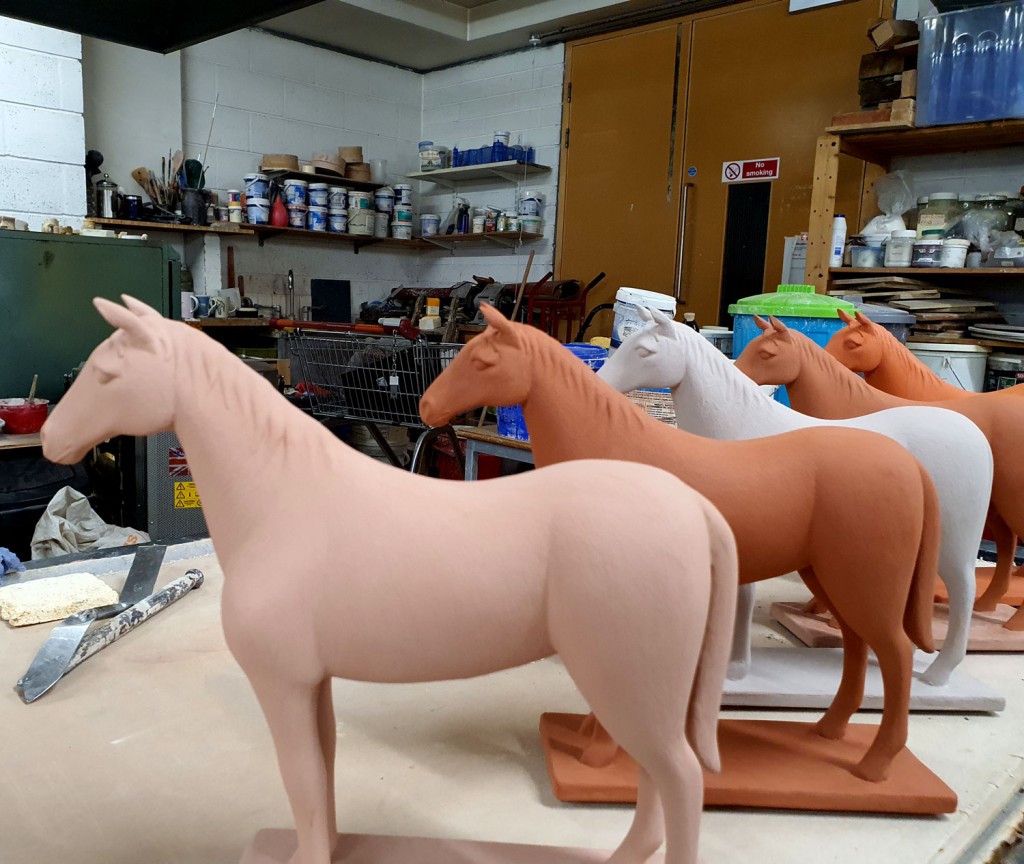
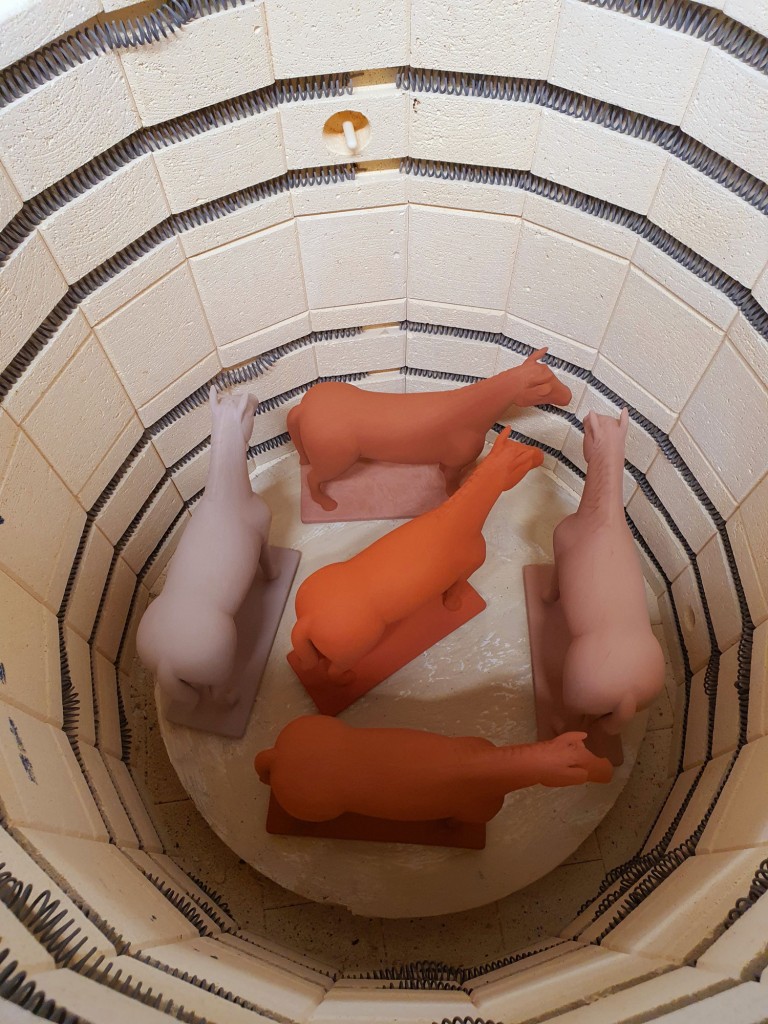
I’m pleased to say I have now successfully fired the first test pieces and they came out really well. I wanted to explore different glazes both matt and gloss to see how they would affect the character of the horse. I think the exciting part of this project is experimenting further with colours and textures of glazes and creating a whole herd of horses that although the same form are totally different in their finishes.
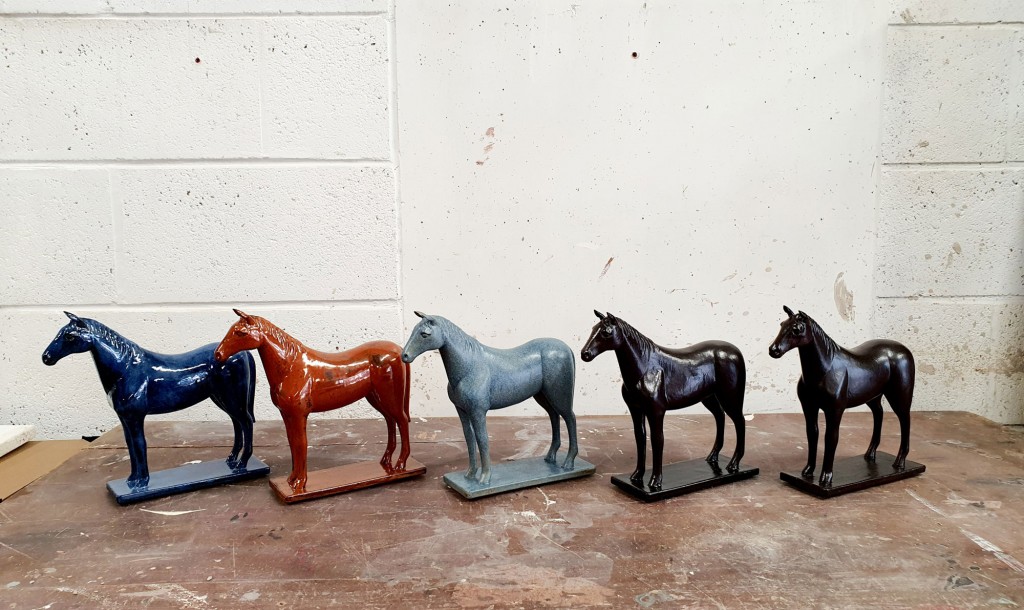
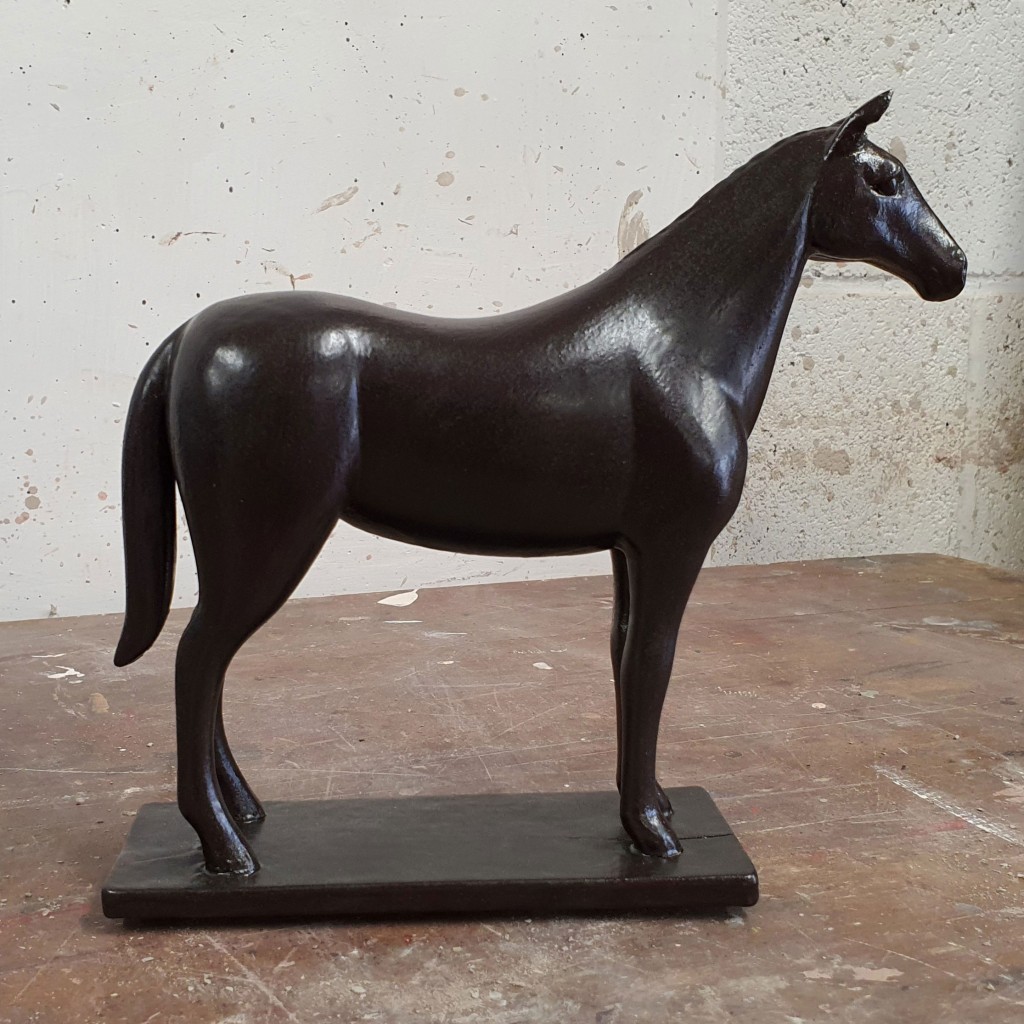
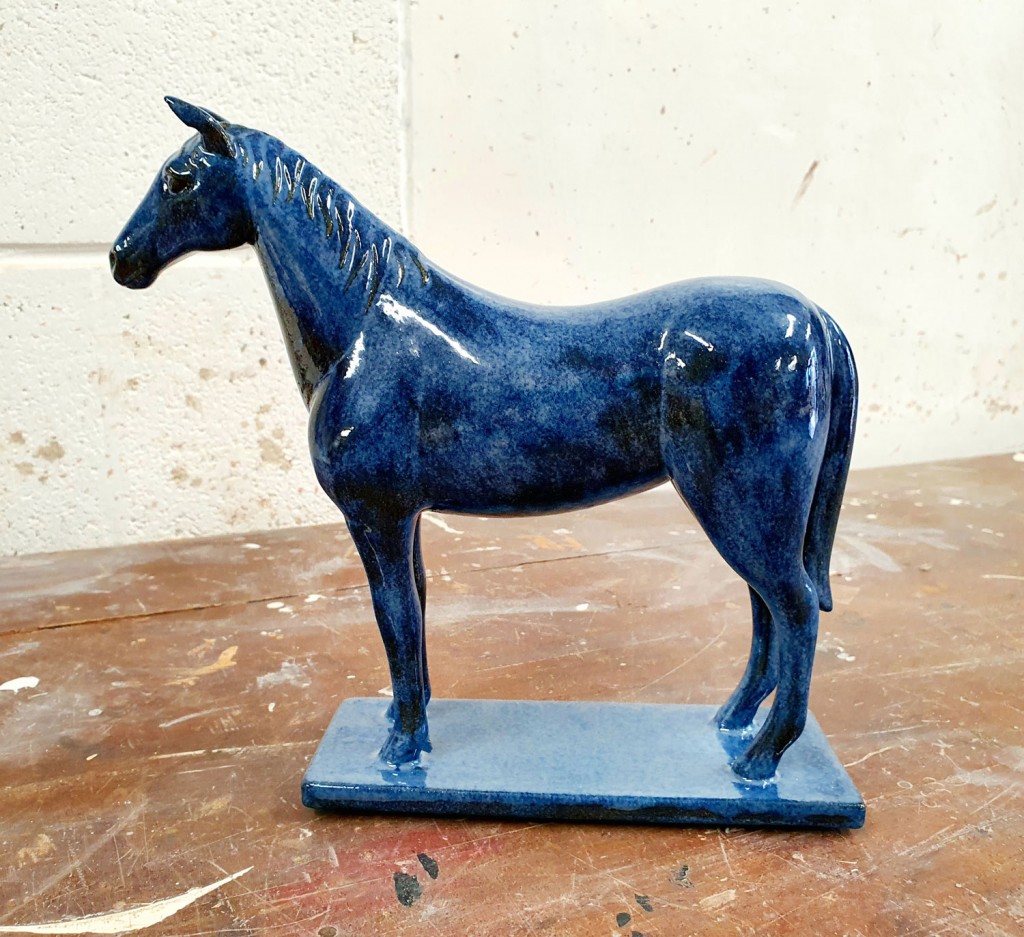
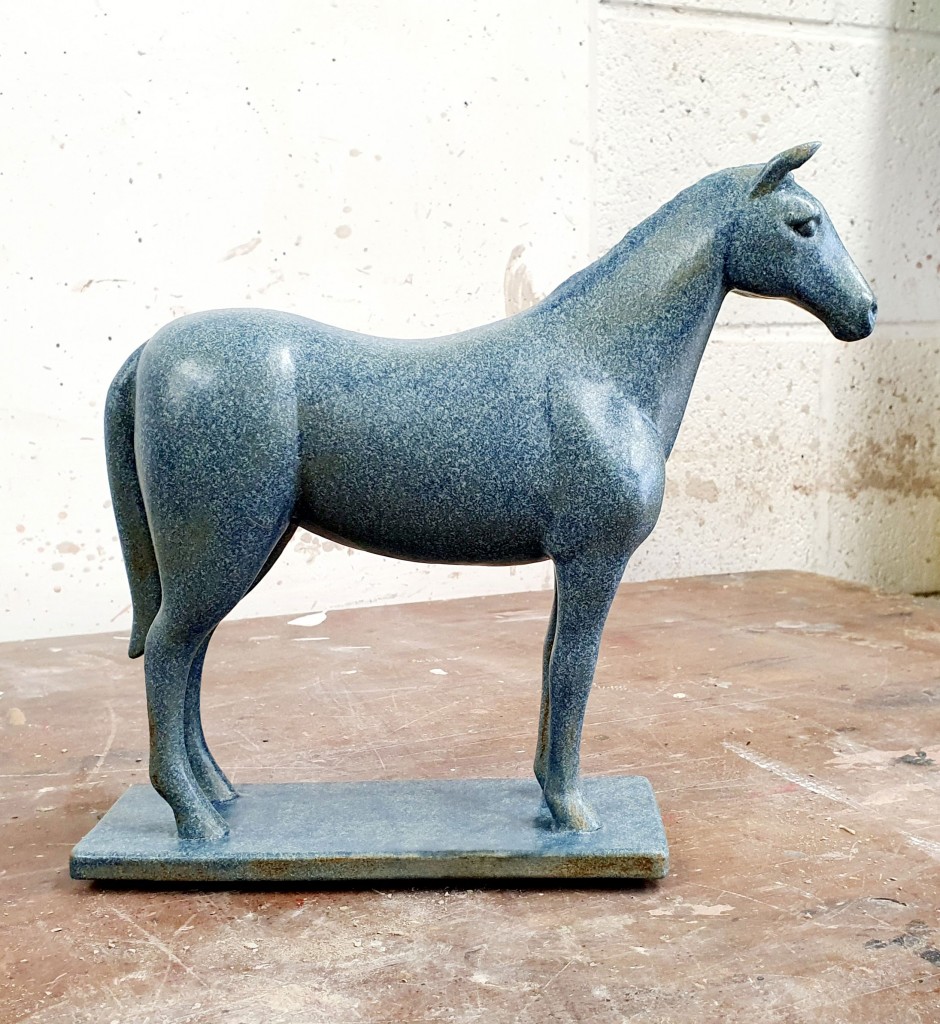

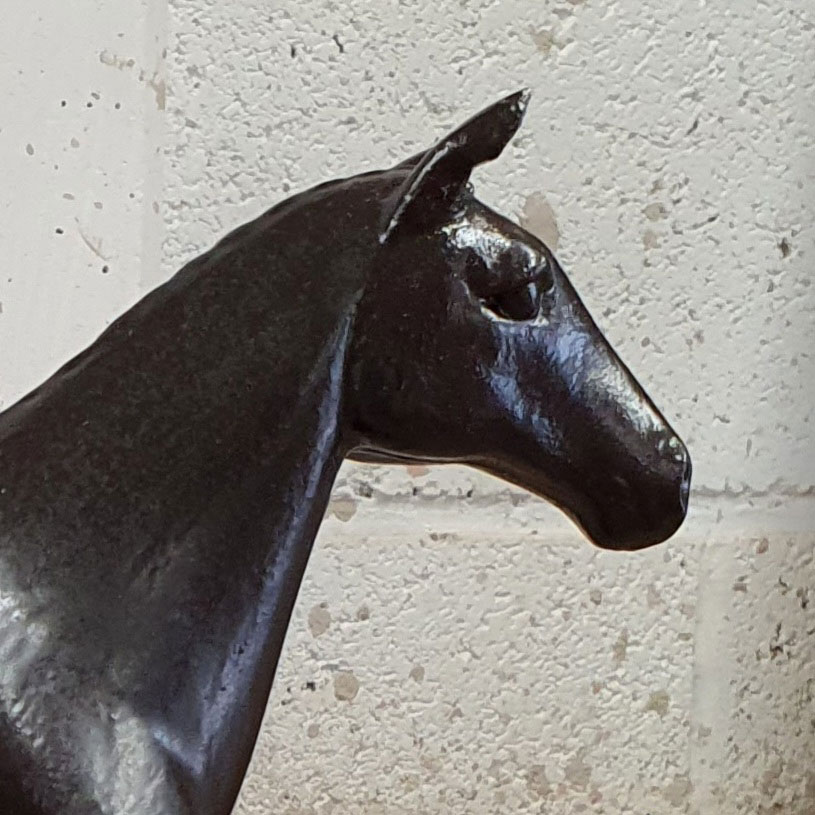
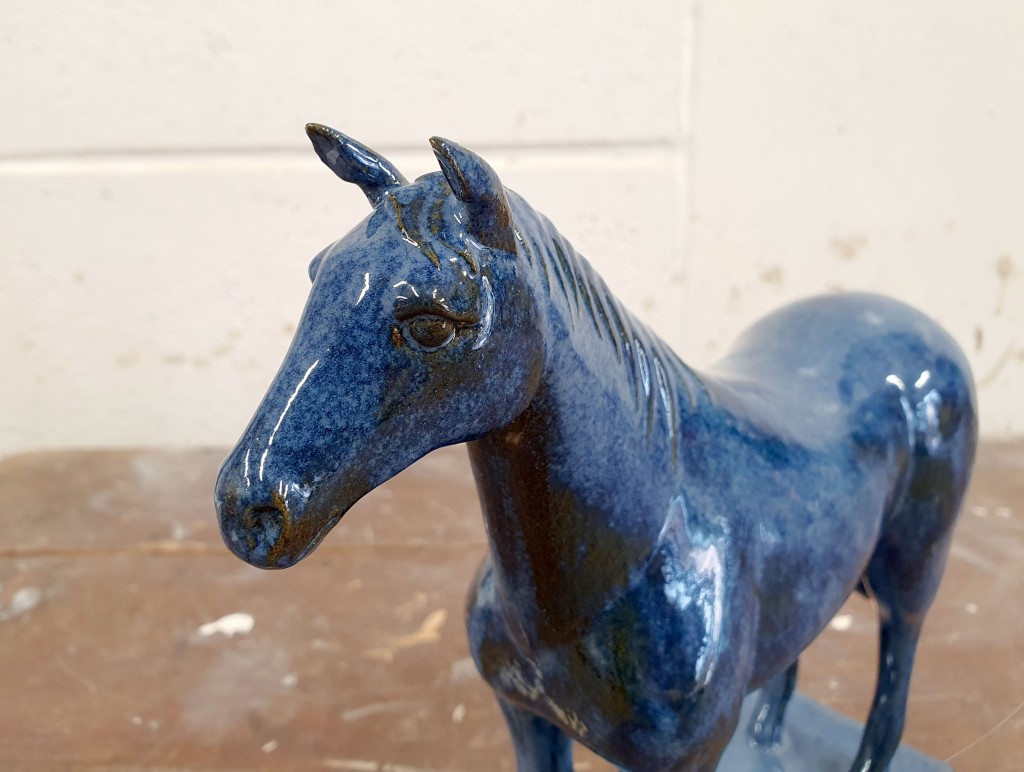
Own a Dearne Valley Horse
I am now working on a ceramic edition of my Dearne Valley Horses that are available to buy. I am going to produce them in four colours initially Dark Brown, Brown, Light Blue and Dark Blue.
I plan to release a batch of 10-15 ceramic horses every month starting in January 2022. Each is handmade in my studio and takes approximately one month from start to finish to make, then allow to dry, fire to bisque (which means firing in a kiln once to remove all water from the clay) then to glaze in the appropriate colour, fire a second time at a higher temperature to bond the clay and glaze together. Then photograph and upload for sale.
Pre Order
You can pre-order one of my Dearne Valley Horses from the January release from my online shop. They will be ready to post/collect at the end of January.
I will continue to develop and make the Dearne Valley horses and also start to produce the more angular version of the horse into a ceramic or even a bronze cast edition.
Join my newsletter
The general updates about my work please join my mailing list by clicking here.

